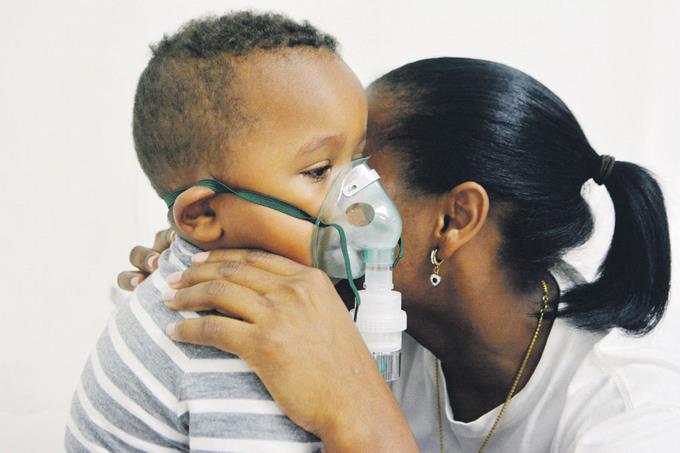Temperature changes increase respiratory problems in the country

Samples analyzed in the last weeks of November have identified circulation of influenza A, influenza B and respiratory syncytial viruses.
The changes in temperature that are registered in the last weeks of the year bring with them increases in respiratory conditions in the population, the child part being the most affected, and among these children under five represent 76% of acute cases reported in the last weeks.
The samples analyzed by the epidemiological surveillance system of the Ministry of Public Health identified, in the last weeks of November, the circulation of influenza A (H3N2), influenza B and respiratory syncytial virus.
According to the epidemiological bulletin of week 48, which includes notifications until November 30, episodes of the upper and lower respiratory febrile disease continue to be expected, compared with the same period during the last five years.
Among the preventive recommendations made by Public Health are influenza vaccination, specifically to the population at risk under five years of age, and over 65, to pregnant women and those with chronic diseases such as hypertension, diabetes, and asthma.
To the general population, the governing institution of health in the country urges to wash your hands with soap and water when you cough and sneeze and cover your nose and mouth with a tissue, and if you do not have a handkerchief use the internal angle Of elbow.
If a person has a fever accompanied by cough, sore throat, or vomiting, diarrhea, headache, or muscle pain or malaise, the Ministry of Health recommends going to the nearest health center, following the doctor’s recommendations and not self-medicating.
Health personnel recommends taking the necessary measures to ensure adequate clinical management; ensure strict compliance with infection prevention and control measures in health care services and provide timely treatment for complications.
When a person has respiratory problems it is difficult for them to breathe, it is uncomfortable to obtain the oxygen they need, they may feel that they’re not getting enough air and sometimes may have mild respiratory problems due to a nasal congestion, but the lack of air can also be sign of a serious illness.
DATA Some signs of symptoms
When air intake and volume are low you may have lung problems, such as asthma, emphysema or pneumonia, trachea or bronchi. Heart disease can cause shortness of breath if your heart cannot pump enough blood to supply the body with oxygen.

















